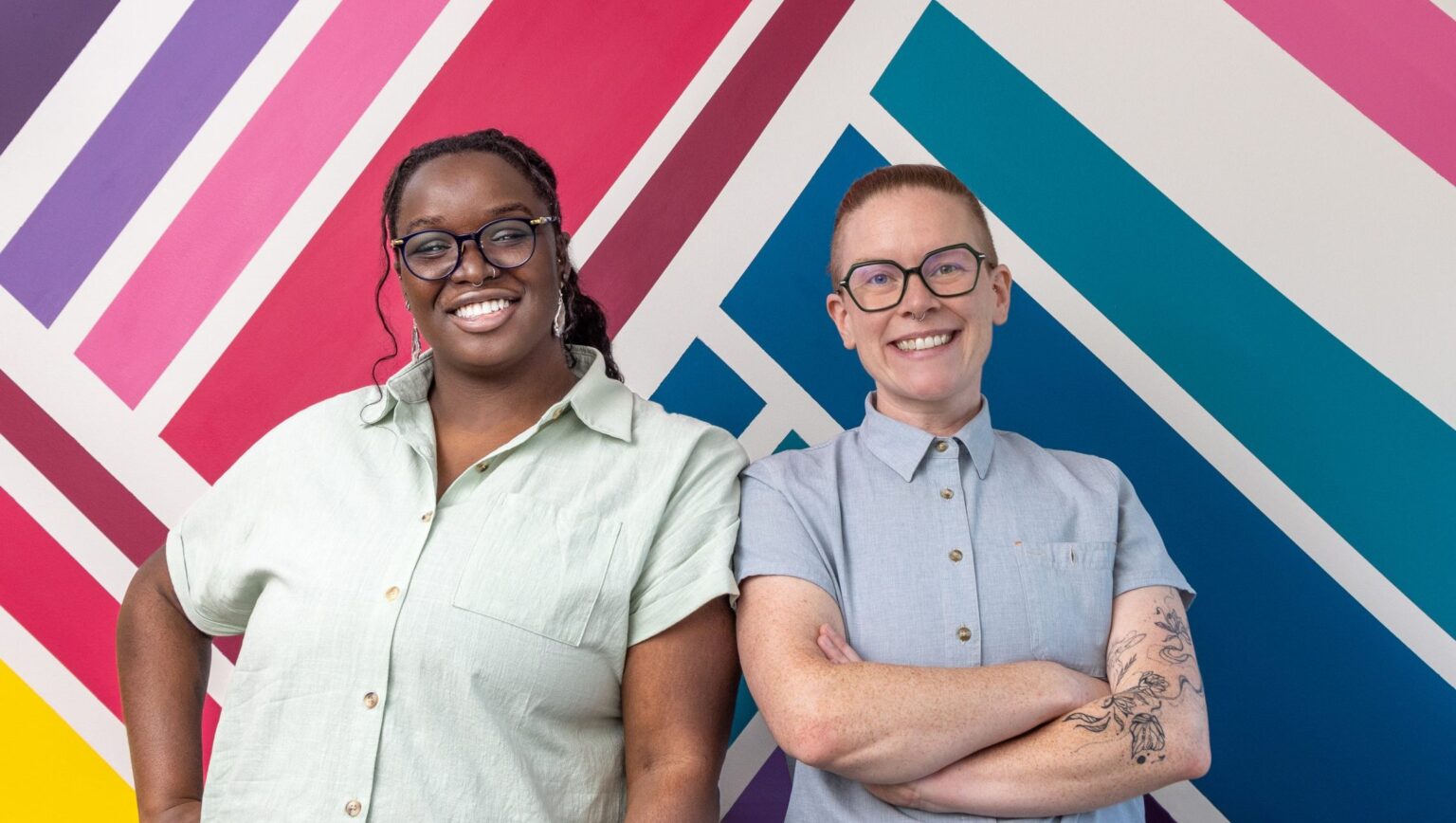In today’s world, we’ve come to expect rapid, transformative change in the public health field. Except when it’s not. For example, the diagnosis and treatment of eating disorders has largely stayed the same for half a century. A research project at CU Denver is hoping to change that.
To modernize this area of research, CU Denver Assistant Professor of Psychology Mel Simone is turning to community engagement as part of the solution. “I saw a lot of people struggling with eating disorders seeking care, and being traumatized from the care they received because the environment did not support their existence,” said Simone. “They were forced to play along with a gender they didn’t identify as or talk about the influences of the male gaze as a queer woman when that had little to do with their experiences or eating disorder symptoms.”
For the past nine years, Simone has been researching eating disorders among queer and transgender individuals using large public health data sets to find and highlight disparities. Data shows that depending on their intersecting identities, queer and trans people are anywhere from three to 10 times more likely to develop an eating disorder than cisgender and heterosexual people. But out-of-date and flawed assessment tools fail to measure a wide variety of identities within the community.
“They were forced to play along with a gender they didn’t identify as or talk about the influences of the male gaze as a queer woman when that had little to do with their experiences or eating disorder symptoms.”
Mel Simone, CU Denver Assistant Professor of Psychology
In addition, these tools are ineffective in even diagnosing the most common forms of eating disorders. The current eating disorder assessments were developed for typical anorexia nervosa and were based on two cisgender, heterosexual, wealthy white women. Bulimia nervosa is also assessed and measured, but all other eating disorders, such as avoidant/restrictive food intake disorder (ARFID) and binge eating disorder, were not really considered when these assessments were developed.
Simone used the findings from the public health data, as well as hands-on guidance from a community advisory board, to center their research with a focus on queer women. The National Institute on Minority Health and Health Disparities (NIMHD) funded the mixed-methods research work being done in the CU Denver Queer Eating Disorder and Embodiment Research (QuEER) Lab.
The community board developed the research priorities and is fully engaged in the review process so adjustments can be made as new findings surface. And “In order for this to be successful, we needed a shared vision around the focus of our research and the assessment tools we create,” said Simone. “We did have a few debates come up as priorities were discussed, but that is what you expect when people from a wide variety of expertise and backgrounds are passionate about something.”
The study includes a baseline assessment of 50 control and 50 queer women from across the country with similar demographics and a video diary component as part of a 14-day self-assessment where they record their eating behaviors, environments, and feelings three times a day. The community board has a cross section of experts, with a focus on eating disorders including therapists, dietitians, and community members, all of whom are queer and able to incorporate their own lived experiences. A major goal of the lab is to not just do the research, but to create the tools needed for the medical community to assess and diagnose.
Therapist Safiya McHale started out as one of the community board members and is now a full-time professional research assistant and co-director of the QuEER lab.
“As a clinician, I often become very frustrated by the tools we have to work with,” said McHale. “It is exciting to be directly involved in the creation of a more representative assessment of eating disorders because it is going to make a difference in people’s lives.”

